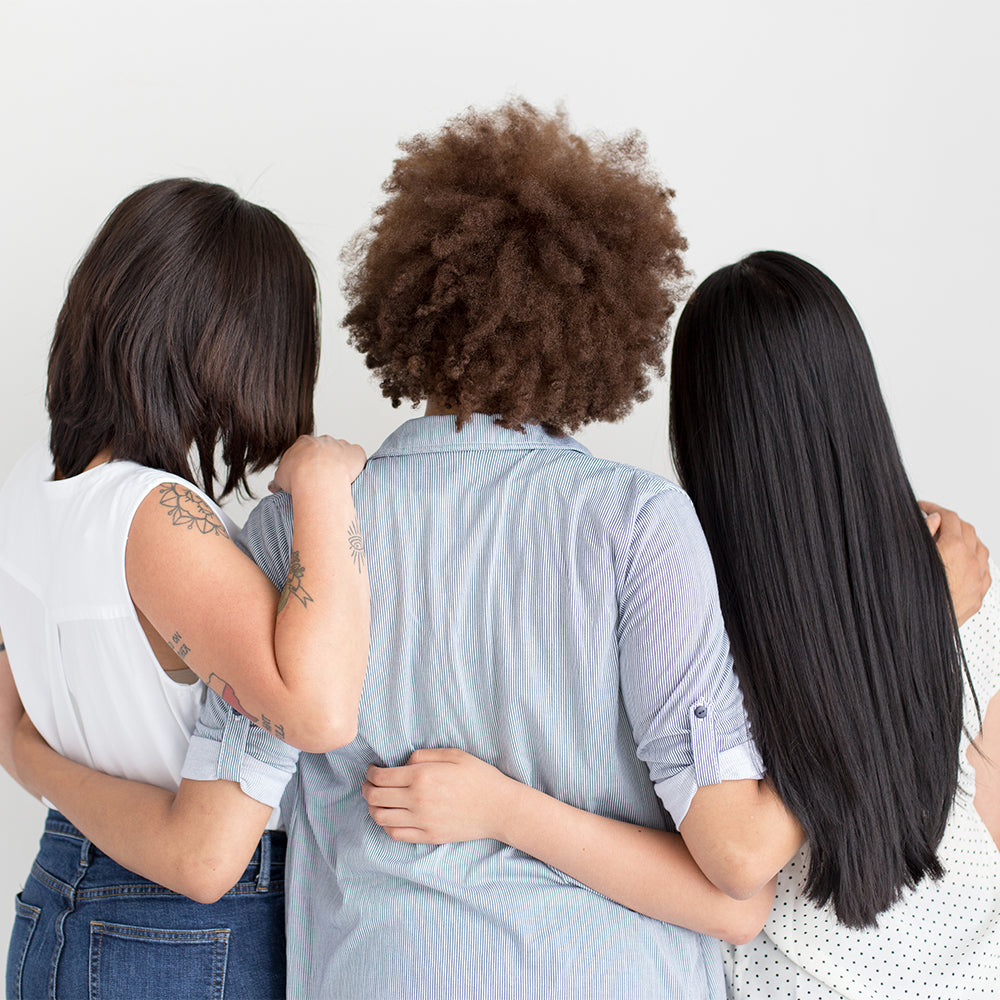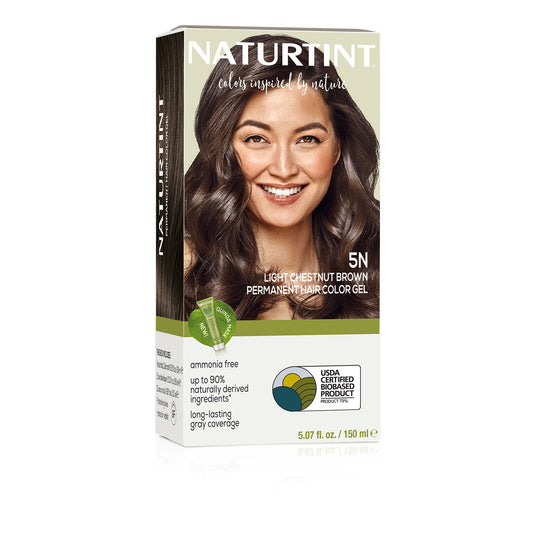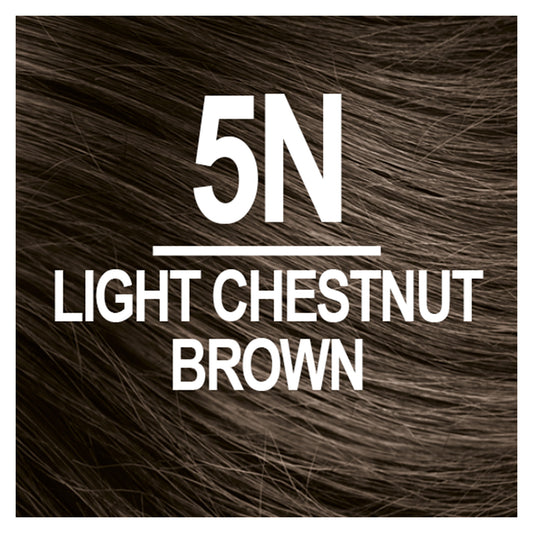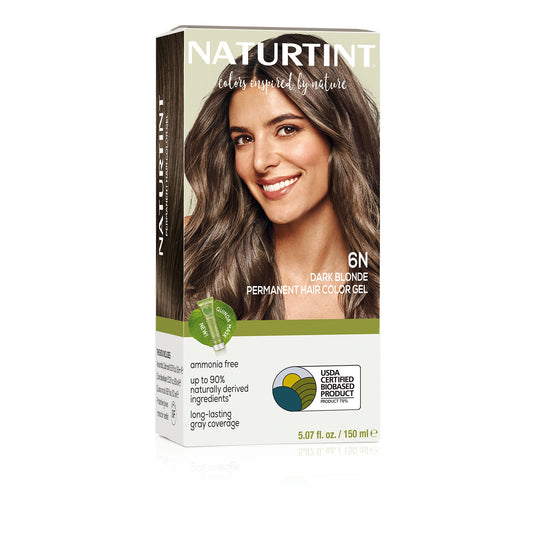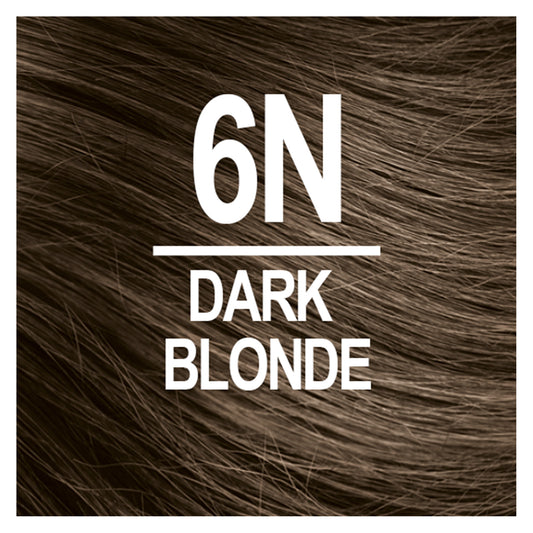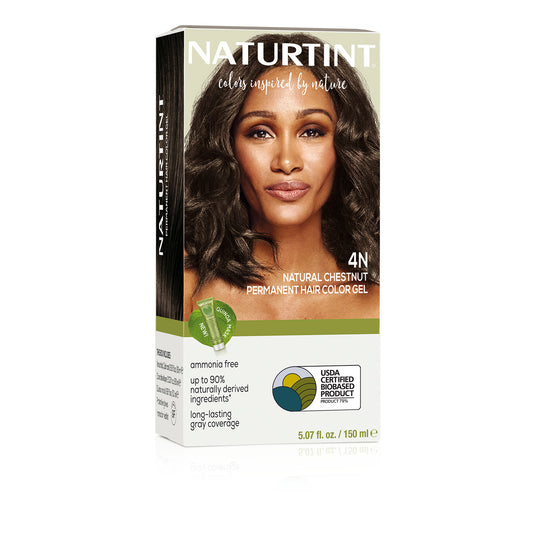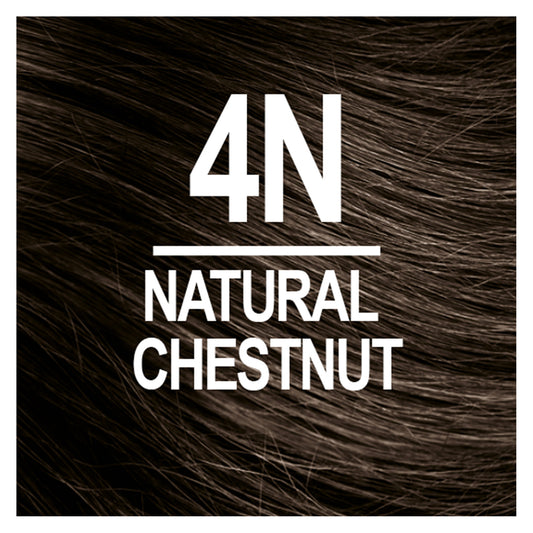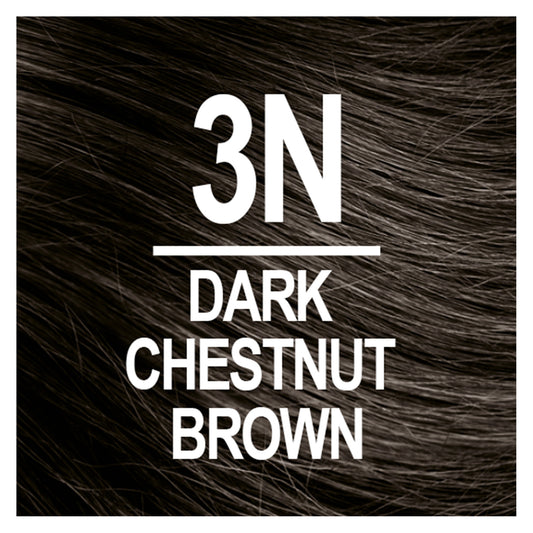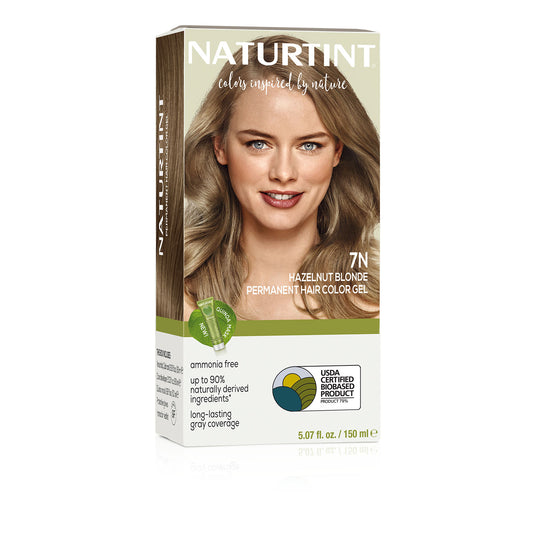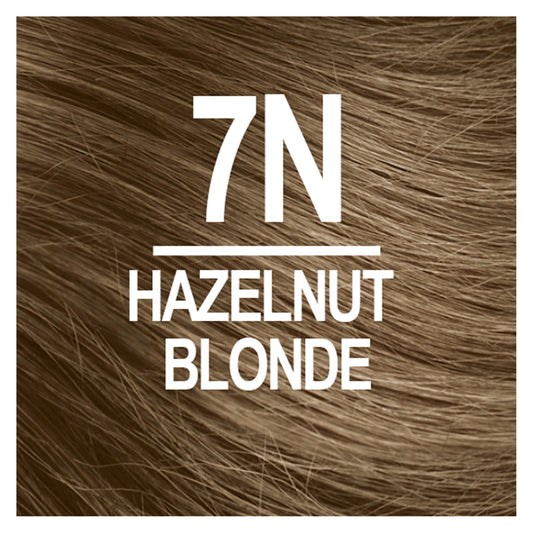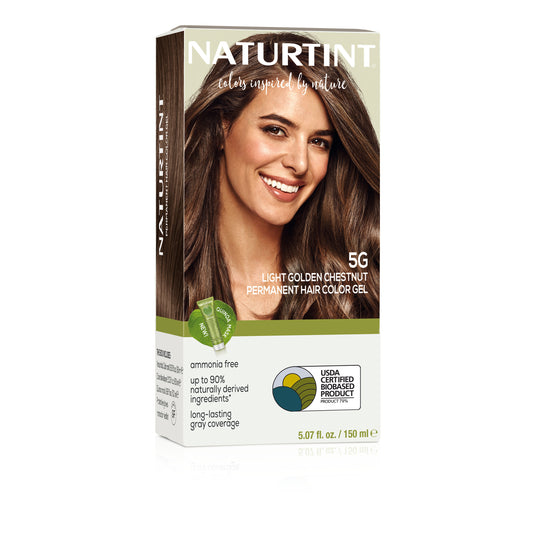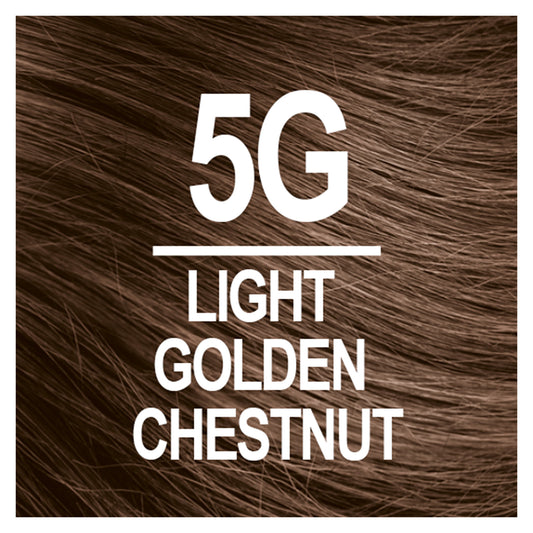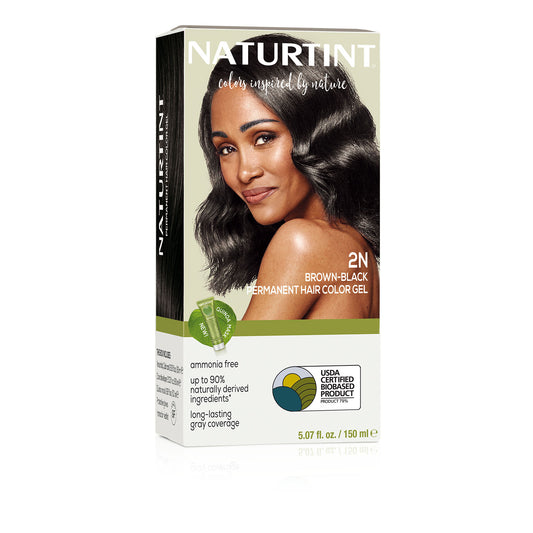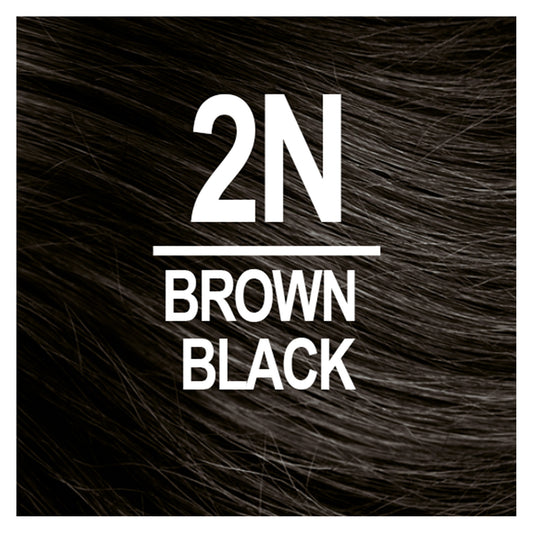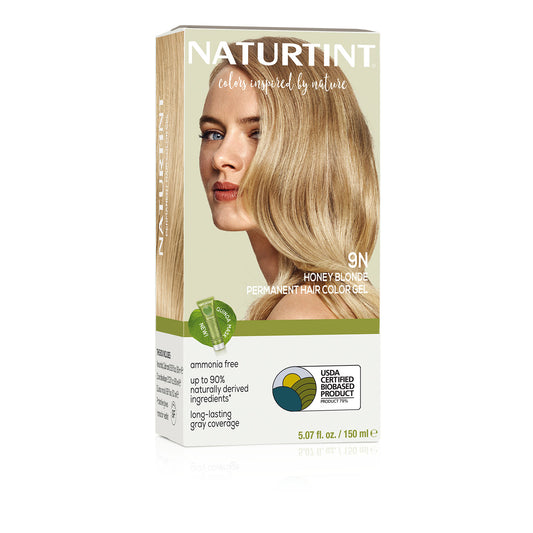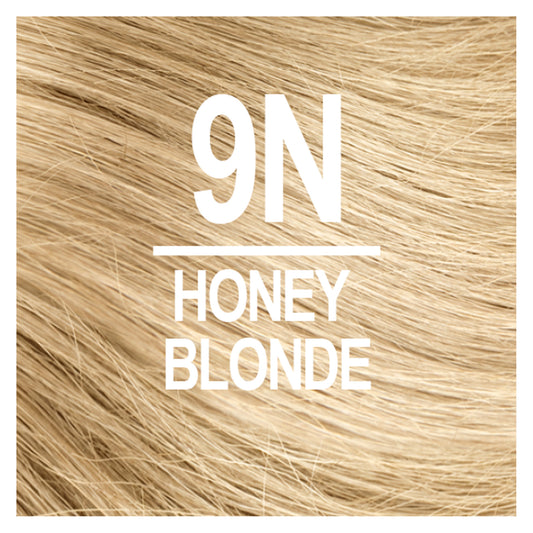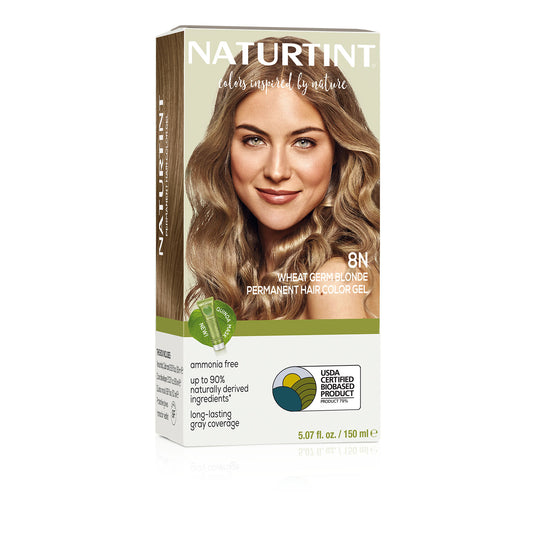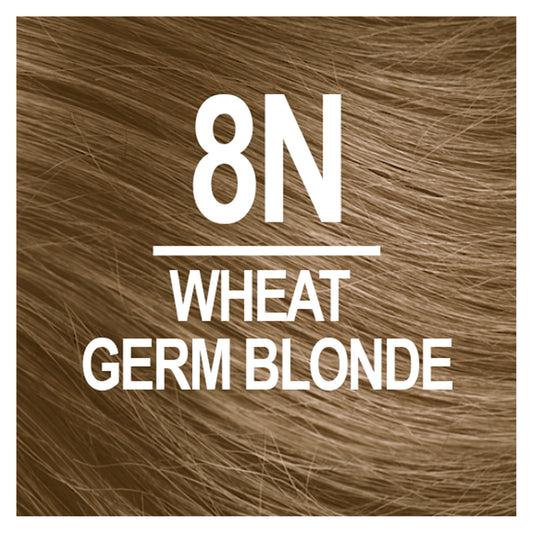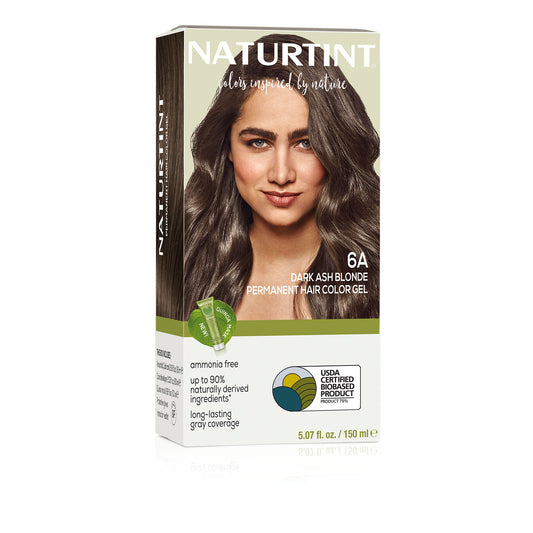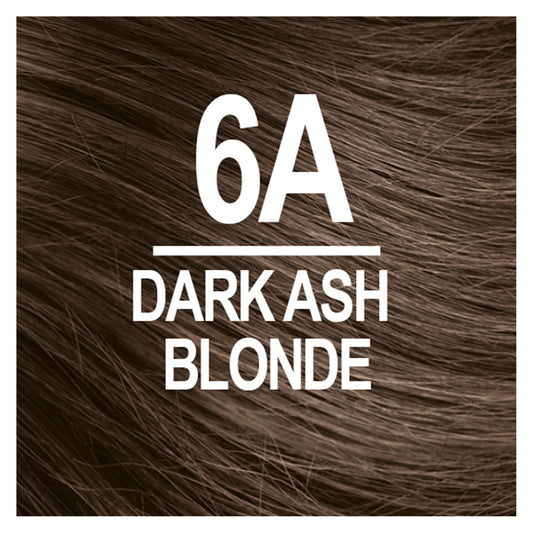If you’re ready to try an at-home hair dye, you may find yourself wondering “what’s the best hair color for me?”
Whether you’re looking to freshen up your look or cover those pesky grays, there’s a few things to keep in mind to help you identify the best color for your hair.
Before we dive into identifying your skin tone and what works best for you, we’re going to break down different color categories and the role they play in selecting the best color for your hair and skin tone.
When you read a hair color box, you’ll notice both letters and numbers to identify the shade. The tone is identified by the letter, and color level (or depth) is identified by the number.

How to identify the best hair color for me
In the next two sections, we’re breaking down the difference between tones and levels.
Hair Color Tones
The hair color we see consists of depth and tone. Hair also has an undercoat of color called undertones, which come into play when we lighten or color the hair.
With Naturtint Permanent Hair Color, there are seven different tones to choose from, ranging from Natural (N) to Chocolate (GM) and various tones in between. Each of these seven tones can be grouped into one of the following tone categories:
- Warm tones have reds, yellow, and orange in them, and are in colors such as strawberry blonde, and copper.
- Neutral tones have a balance of warm and cool pigments in them.
- Cool tones have blues, violets, and greens in them.
natural
As the name implies, Natural tones are ideal for adding natural tones to your hair.
Natural tones are also best for covering gray hair and providing a natural-looking result. Since gray hairs have lost their pigment, they soak up dyes more steadily. That means brighter colors and reds won’t always look natural. If you prefer warm or red tones, mixing with a Natural (N) will give your hair a more uniform result.

golden
Golden tones have more yellow and some orange pigments in the undertones, adding warmth to your hair color choice.

copper
These tones have primarily orange pigments, making vibrant shades. If you want to rock a Copper color but would prefer to have it look a little more natural and toned down, try mixing it with a Natural (N) tone to create a more consistent result.

red
With a Red pigment through and through this tone is perfect for achieving the quintessential red. If you’re looking for various shades of red try Copper, Mahogany, or Chocolate for a little more variety.

ash
Unlike other Ash tones by different brands, Naturtint’s Ash tones contain added cool pigment. Ash mixed with a Natural tone is great for reducing brassy-looking results.
Most people use ash colors when they want to eliminate gold or red tones in their hair color or want to naturally blend their gray hair color.

mahogany
If you’re looking for a red-violet tint, this tone has more purple and red pigments, providing a deep, rich, intense color.
Depending on the color level, Mahogany tones can skew warm or cool. Providing a warm red tone or a cool violet.

chocolate
Chocolate tones add warmth to your hair with deep brown colors. If you’re looking for a classic and favorable look for all skin tones, go with Chocolate tones.
This color tone tends to look fuller, shinier, and richer.

Now that you have an understanding of the various hair color tones, let’s take a look at the various levels (aka depth) you can choose from.
Hair Color Levels
Hair color levels refer to the depth of color or darkness of your hair color – ranging from dark to light. This is represented by the number shown on the box.
Color levels range from 1 – 10, with 1 being the darkest black and 10 being the lightest blonde. These color levels are often categorized as black, brown, and blonde, creating a range of levels for each category.
- Levels 1 – 2 are dark and include the black colors
- Levels 3 – 5 are mid-range and include the brown colors
- Levels 6 – 10 include the blonde colors
Identifying the right hair color level is going to be dependent on your current hair color (or level, if it is already colored).
If you want to lighten your hair color, you can only do that one or two shades at a time.
We recommend lightening within a two-shade range of your current color. More than that can often create unwanted brassy tones – and no one wants that!
Now that you know the difference between hair color levels and tones, we can start answering your question of “which is the best hair color for me?!”
Consider Your Features
You may already know this, but skin tone and eye colors play a big role in identifying the best hair color for you!
So, when you’re trying to figure out the best hair color to go with, you have to stop and take into account your skin tone, eyes, and your current hair color.
Before you jump in front of the mirror trying to identify your skin tone and the best color for it, it’s important to note that skin tone is also considered your undertone, which is different from your complexion.
Complexion refers to the shade of your skin (light, medium, dark) whereas your skin tone stays the same no matter the time of year and how much of a tan you’re rocking.
Similar to hair tones, there are three different skin tones – cool, warm, and neutral.
Knowing your skin tone will not only help you pick the perfect hair color, but it’s super helpful to know when selecting just the right shade for your lipstick and even your clothes!
If you don’t already know your skin tone, here are a few things to do to help you figure it out:
a few ways to determine your skin tone:
- Wash your face and wait 15 minutes before identifying your skin tone
- Find a natural light source, like sitting next to a window or an outdoor area
- Look at the color of your veins on the inside of your wrist
- If you can’t tell if your veins are blue or green you most likely have a neutral skin tone – if you’ve got an olive complexion you most likely fall into the neutral skin tone category
- If your veins appear green, you have a warm skin tone
- If your veins appear blue or purple, you have a cool skin tone
- Consider how your skin reacts to the sun
- If you tan easily and rarely burn, you likely have a warm or neutral skin tone
- If your skin burns and doesn’t tan, you likely have a cooler skin tone
- If you have very dark, ebony skin that doesn’t easily burn, there’s a possibility you have a cool skin tone
- Consider which color jewelry looks best on you (you can do this with silver and gold foil paper as well!)
- If the gold foil or jewelry looks best, you have a warm skin tone
- If the reflection from the silver foil makes your skin glow you have a cool skin tone
- If you don’t notice a difference (both silver and gold look flattering), then you likely have a neutral skin tone
- Look at your eye color
- Lighter eyes like blue and pale brown usually mean you have a cooler skin tone
- Honey brown or darker colored eyes usually mean you have a warmer skin tone
Hopefully, from those questions, you’re able to identify your skin tone and can identify the best hair color and tone for you!
Pick a Color that Provides Contrast
The last thing you want is for your hair color to make you look washed out. Selecting a color that provides a contrast rather than matches your skin tone will help.
If you have a warm skin tone, choose a cool hair color tone. And, if you have a cool skin tone, choose a warm tone. If your skin tone is neutral you can go with warm, cool, or neutral hair color tones.
Try a neutral tone, if you’re looking to go brown or enhance your current brown hair and you have a warm skin tone. Cool skin tones look great with rich browns, like our chocolate tones.
Red tones are typically associated with fair skin, however, if you pair it right, any skin tone can wear it well, except for an olive complexion. Reds and olive complexion tend to make your skin look greenish.
Regardless of what you’re looking to achieve, there are a few key elements to keep in mind when it comes to selecting the right color: your skin tone and how they work with the various hair color tones, your current hair color (or level if it’s previously colored), and if you want to go darker or lighter!
Reminder: We only recommend lightening or darkening your hair within 2 shades of your current color!
Still unsure of which hair color is right for you? No worries! Ask one of our Naturtint Color Specialists for help here!


